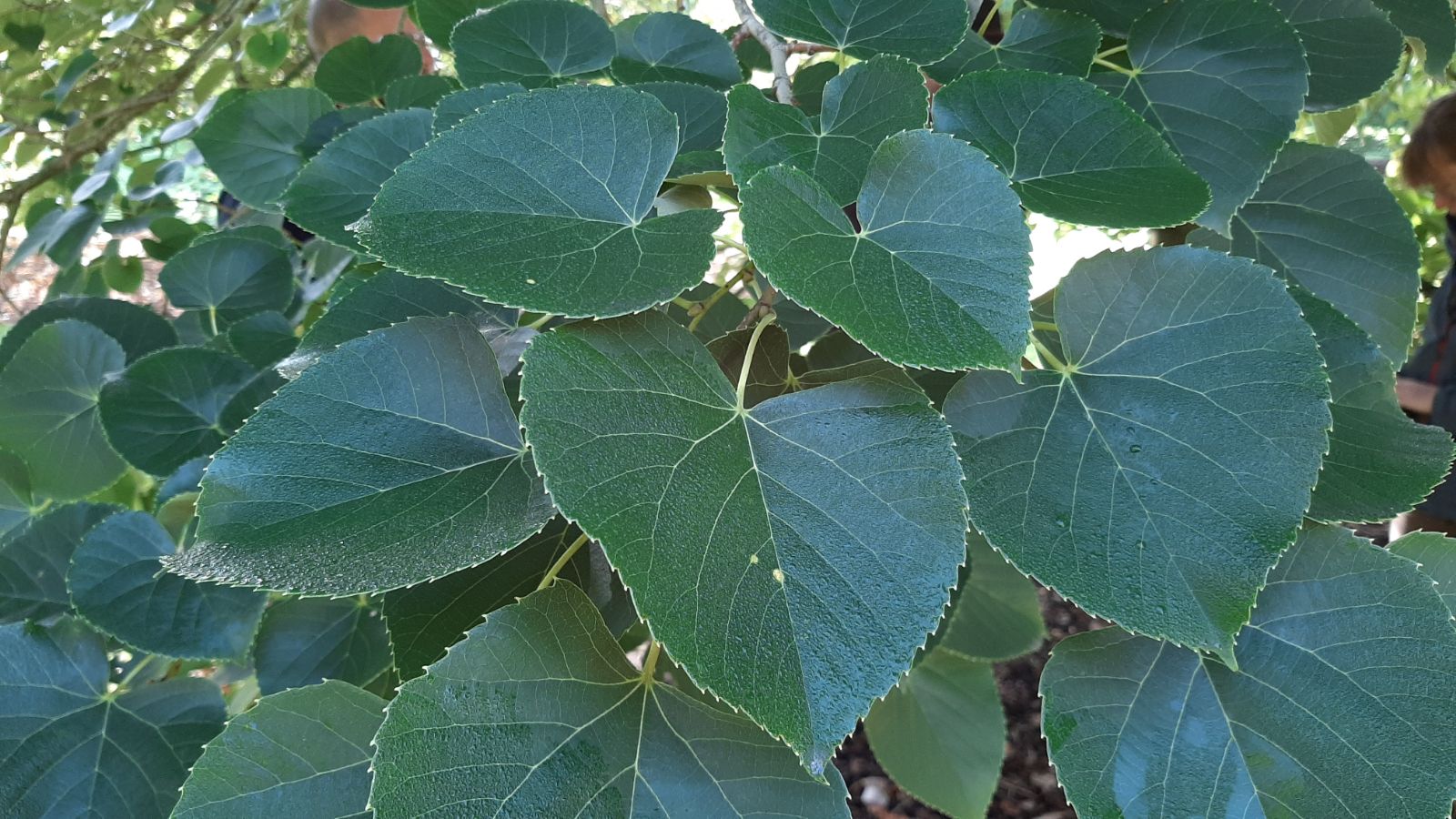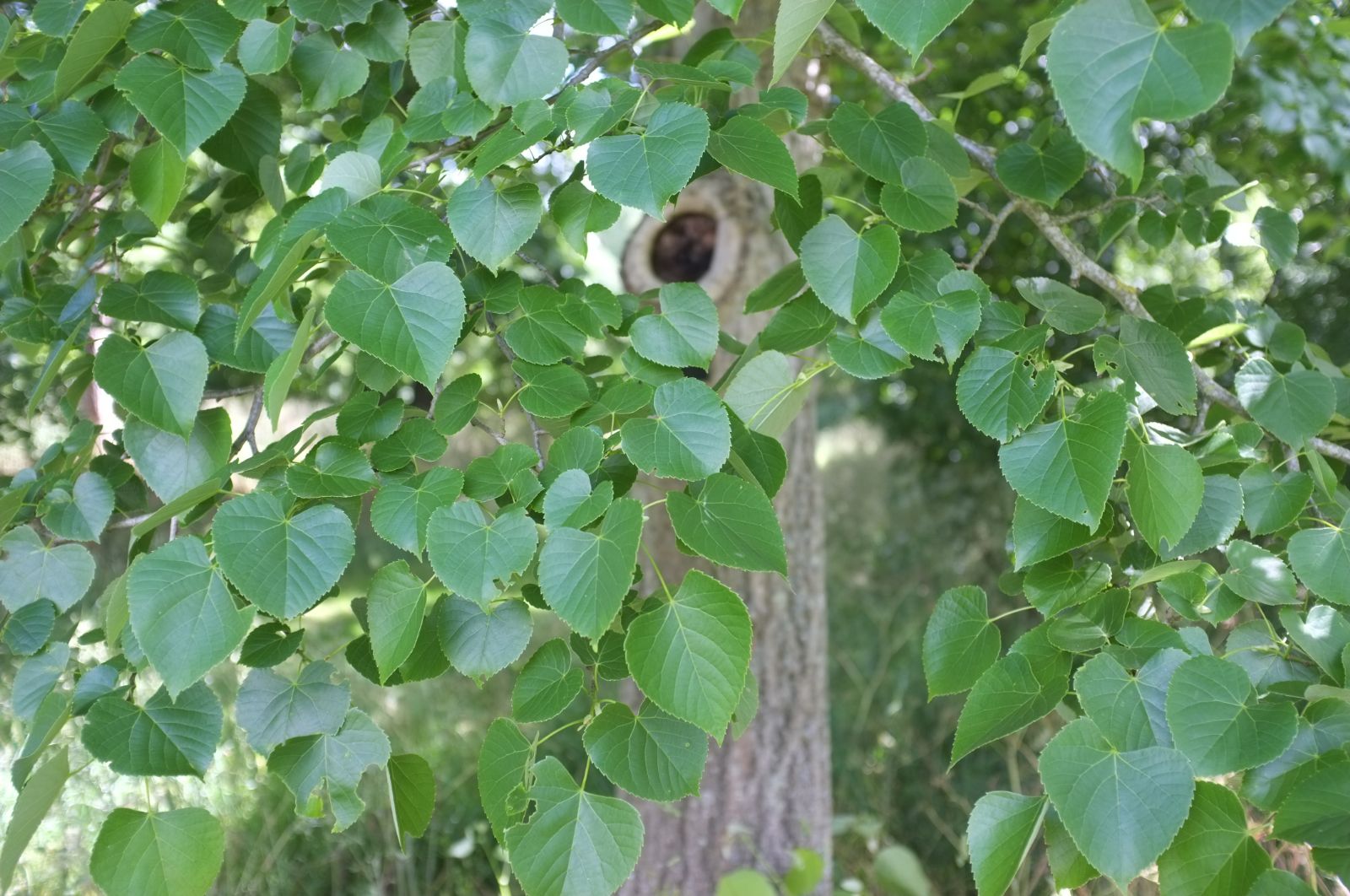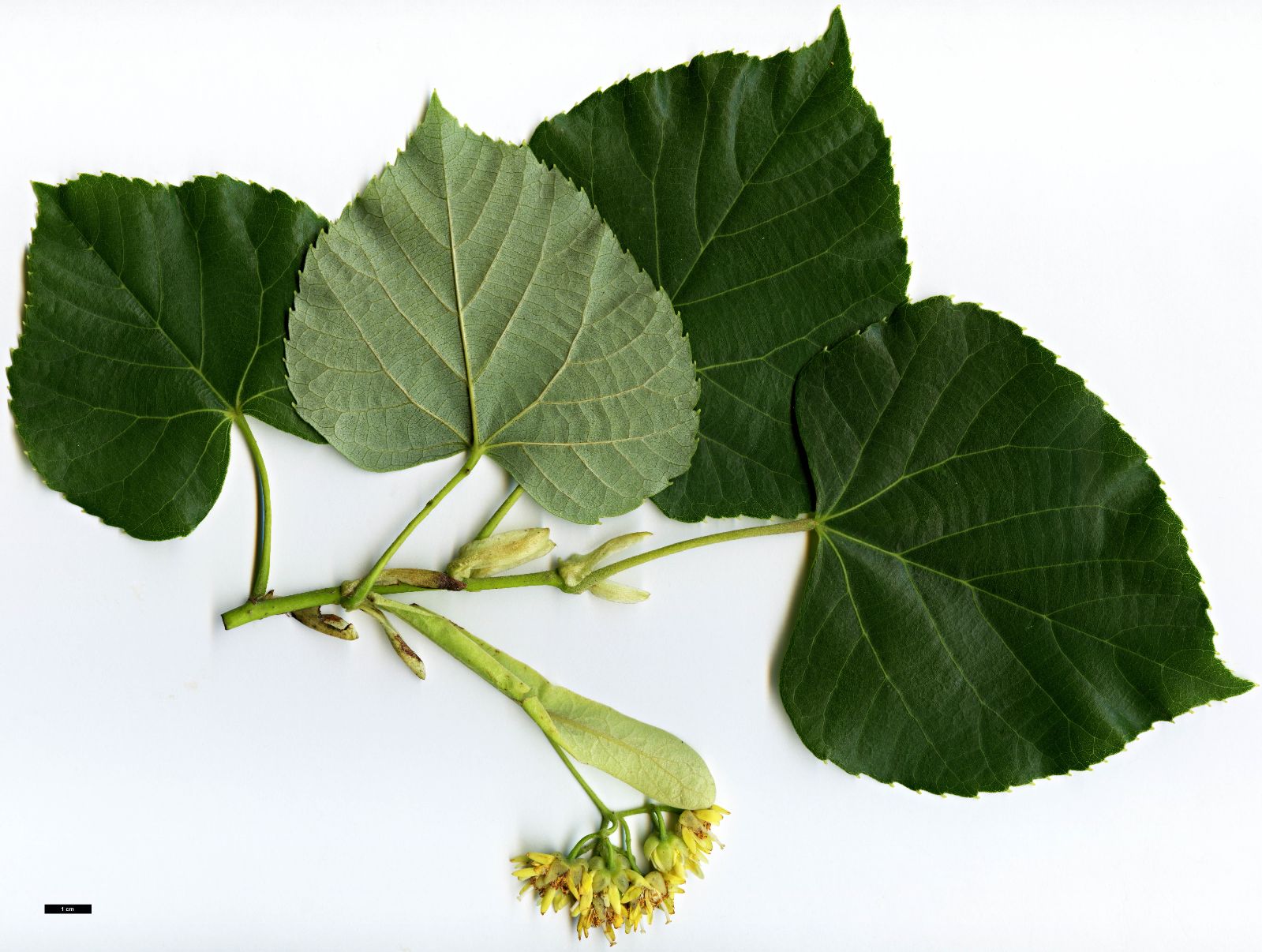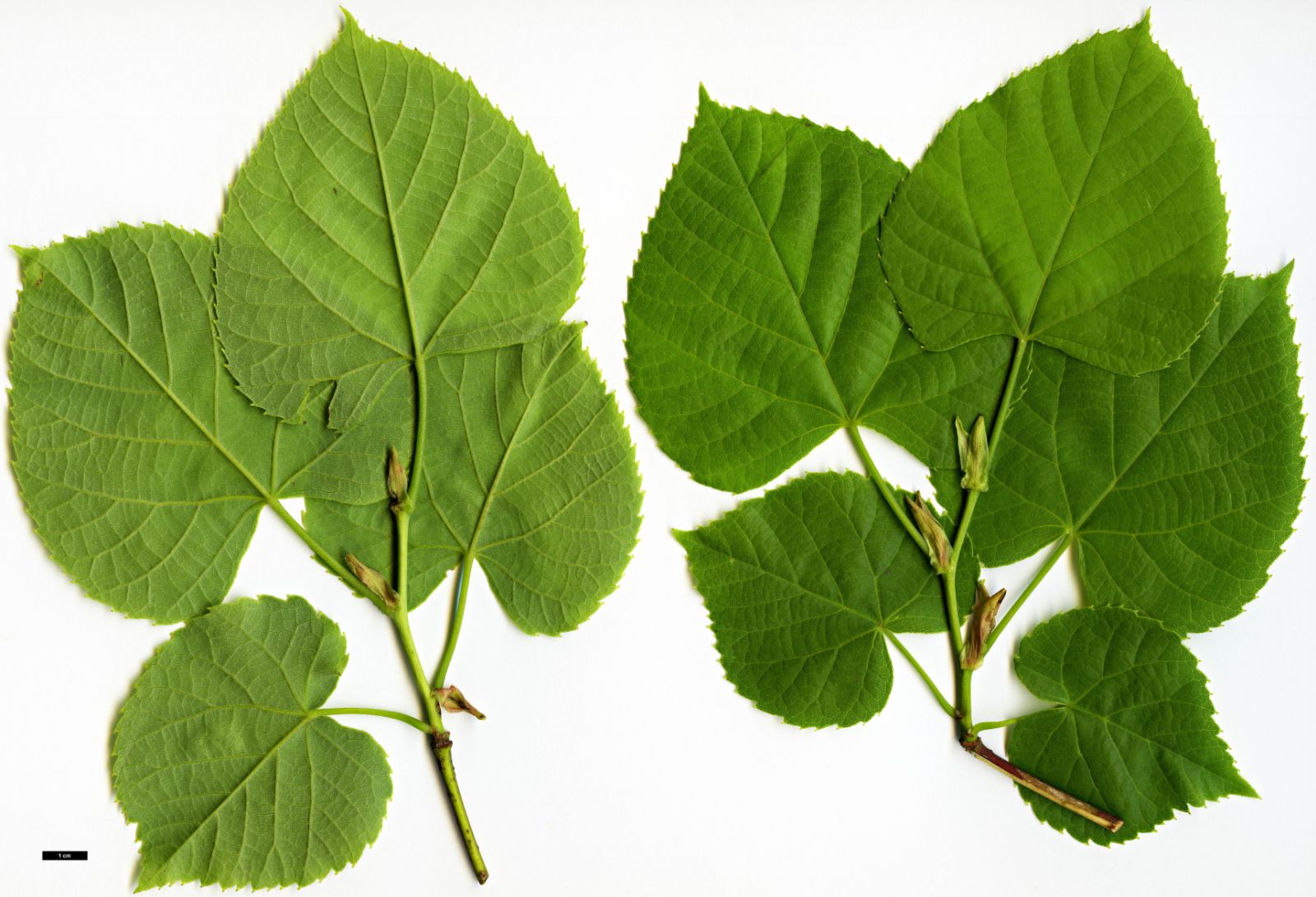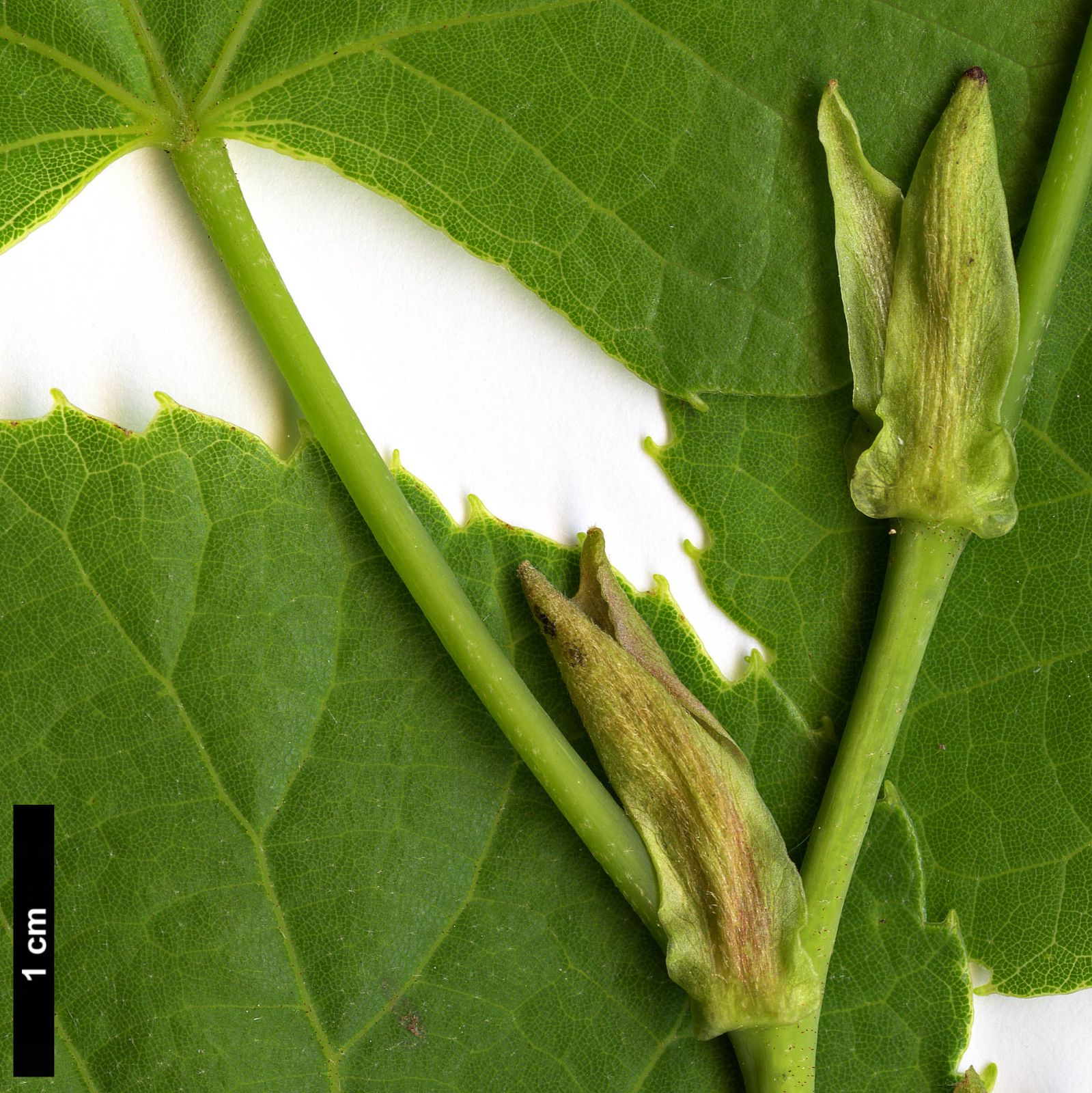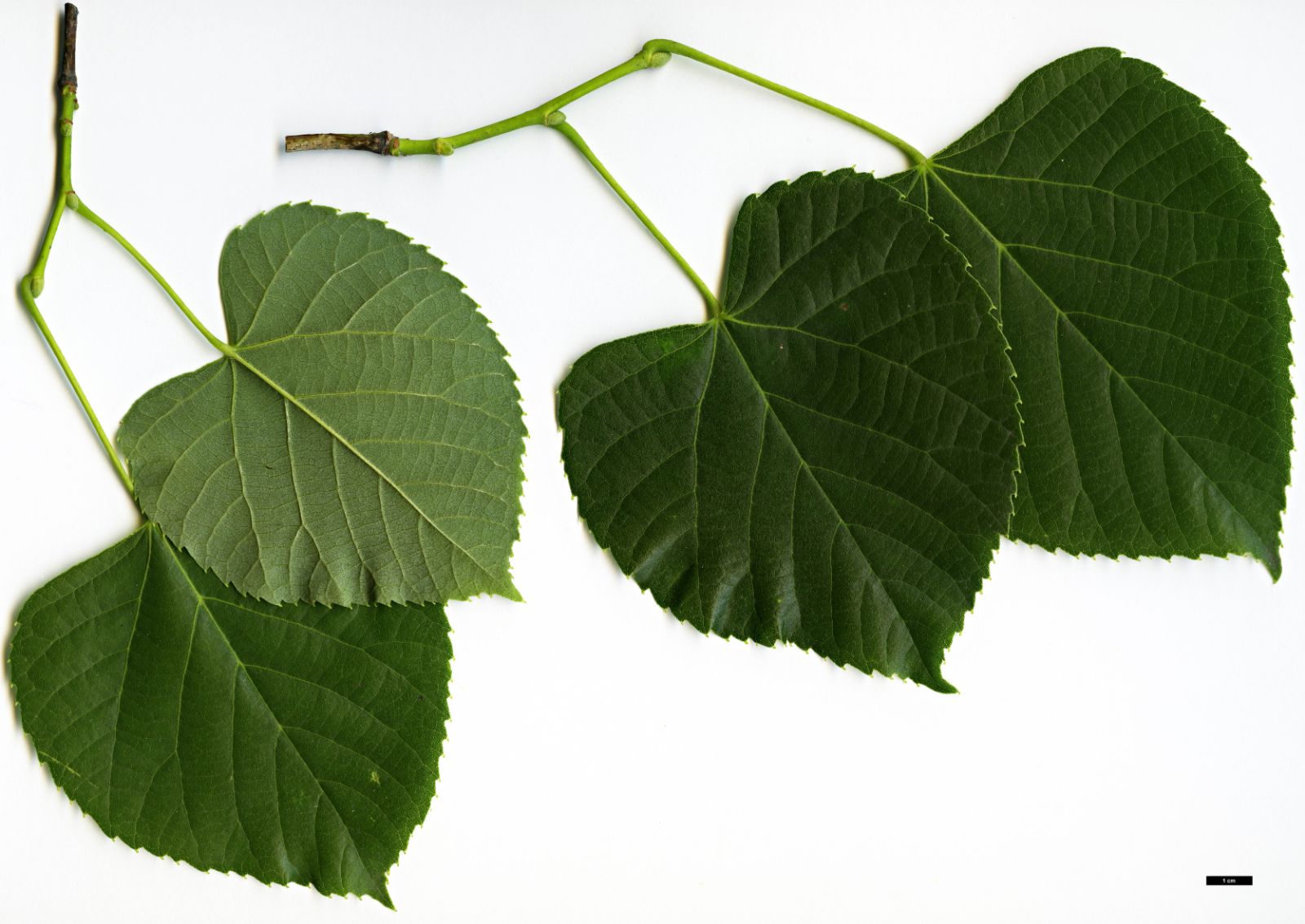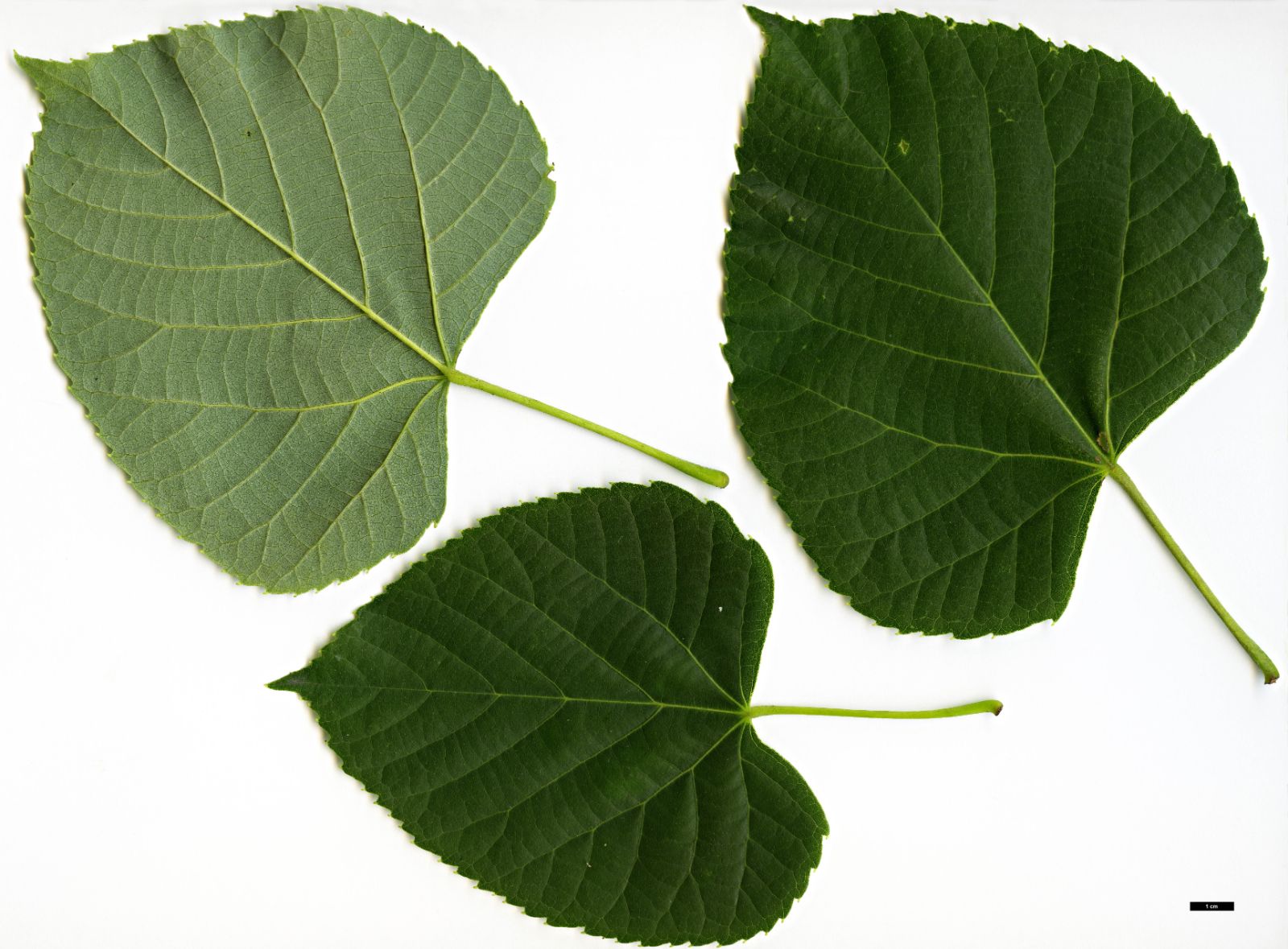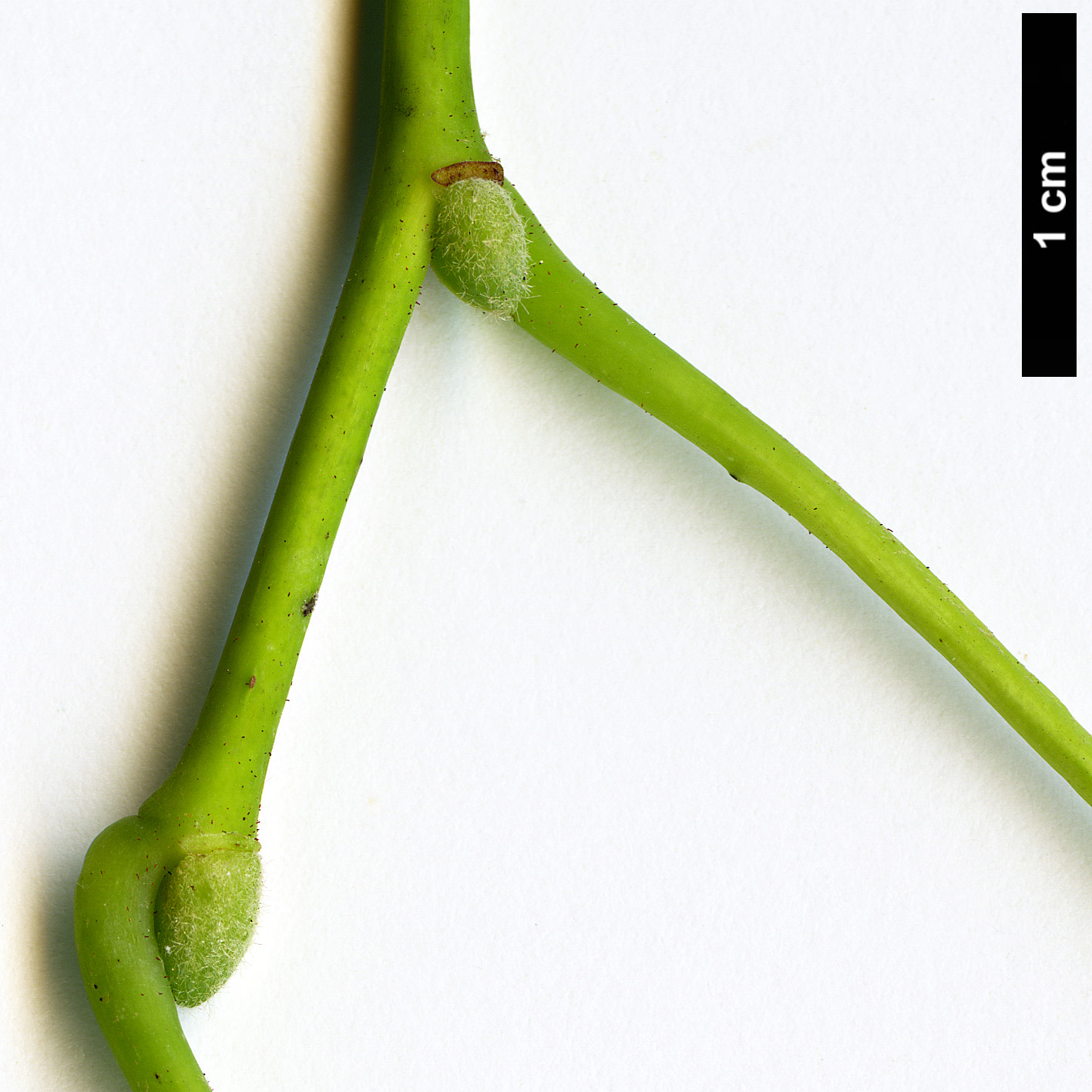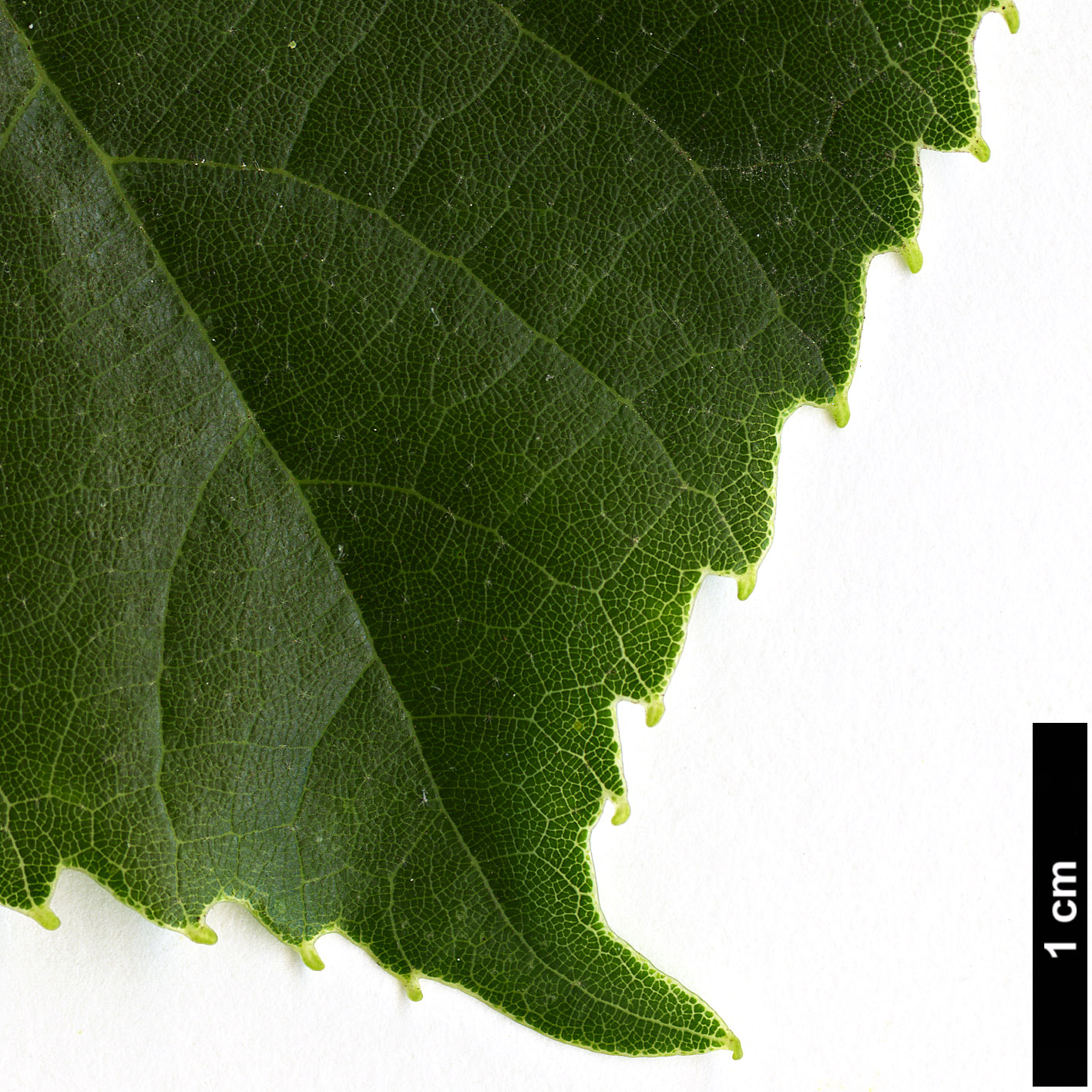Tilia concinna
Sponsor
Kindly sponsored by
a member of the International Dendrology Society
Credits
Owen Johnson (2022)
Recommended citation
Johnson, O. (2022), 'Tilia concinna' from the website Trees and Shrubs Online (treesandshrubsonline.
Genus
Other taxa in genus
- Tilia americana
- Tilia amurensis
- Tilia callidonta
- Tilia chinensis
- Tilia chingiana
- Tilia cordata
- Tilia dasystyla
- Tilia endochrysea
- Tilia × euchlora
- Tilia × europaea
- Tilia × flaccida
- Tilia × flavescens
- Tilia Hanwell Hybrids
- Tilia 'Harold Hillier'
- Tilia 'Harvest Gold'
- Tilia × haynaldiana
- Tilia henryana
- Tilia japonica
- Tilia × juranyana
- Tilia kiusiana
- Tilia mandshurica
- Tilia maximowicziana
- Tilia miqueliana
- Tilia mongolica
- Tilia nobilis
- Tilia × noziricola
- Tilia oliveri
- Tilia paucicostata
- Tilia platyphyllos
- Tilia tomentosa
- Tilia tuan
- Tilia 'Westonbirt Dainty'
A tree of moderate size. Bark grey, with vertical fissures in maturity. Twigs to 4 mm thick, bright green and almost glabrous; buds with 2 visible scales, grey-tomentose at least at first. Leaves 5–10 × 5.5–10 cm, sub-orbicular; base almost symmetrically cordate. Toothing regular and triangular, with mucronate tips 0.4–0.5 mm long. Underleaf pale grey-green with a moderately dense cover of stellate hairs mostly with 9–18 arms (16 being the commonest number); leaf-stalk 3.5–7 cm long, almost glabrous. Floral bracts 7–9 × 1.2–1.5 cm, often narrow and with almost perfectly parallel sides, with dense stellate tomentum on the lower side; stalk 2–3 mm long. Flowers in drooping corymbs of 8–16; staminodes present. Fruit 9–12 × 8–11 mm, almost spheroid, with a lumpy surface densely covered in stellate hairs. (Pigott 2012).
Distribution China Anhui, Jiangsu; perhaps extinct in the wild.
Habitat Forests
USDA Hardiness Zone 6
RHS Hardiness Rating H5
Conservation status Data deficient (DD)
Tilia concinna was described as a new species, intermediate between T. miqueliana and T. oliveri, by Donald Pigott (Pigott 2012) from material collected by Joseph Hers in 1919, near Xiao Xian on the border of Jiangsu and Anhui. In addition to several herbarium specimens, seed was collected under Hers 1068. One tree raised from this collection still grows at the Arnold Arboretum, Massachusetts (dbh 39 cm in 2019), along with its vegetative progeny, recorded as T. miqueliana (Arnold Arboretum 2020). A very similar though not identical tree at Kew (1969,16884) is likely to have been received from America in the late 1940s; it is almost certainly from the same source (Pigott 2012), and provided the type specimen.
The several specimens and seed collections made by Hers and his associates at the one site include T. concinna, T. miqueliana, probable T. oliveri, and putative hybrids. On the basis of very limited available evidence, Pigott (2012) speculates that T. concinna may be an allotetraploid, the result of doubling of chromosome number in T. miqueliana × oliveri.
The Kew tree, on the north-west edge of the Tilia collection, was 11 m × 129 cm dbh in 2022 (Tree Register 2022). The species closely resembles the European T. tomentosa in flowers, fruit and leaf-shape, though the felt under the leaf is less dense and white than in most cultivated T. tomentosa and there are often more flowers in each head. Grafts of this plant have been offered for sale by Pan-Global Plants.
Tilia concinna has not been seen in the wild in the century since Hers’ original collection. Very little woodland remains in the area and it may now be extinct in the wild. It might possibly survive in the form of trees planted in temple precincts, since Hers recorded the Chinese name as puti shu (the Buddah’s bo-tree) and hence may be one of the limes substituting for the Ficus religiosa under which the Buddha sat (Pigott 2012).

